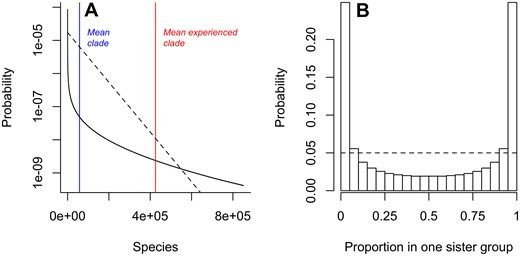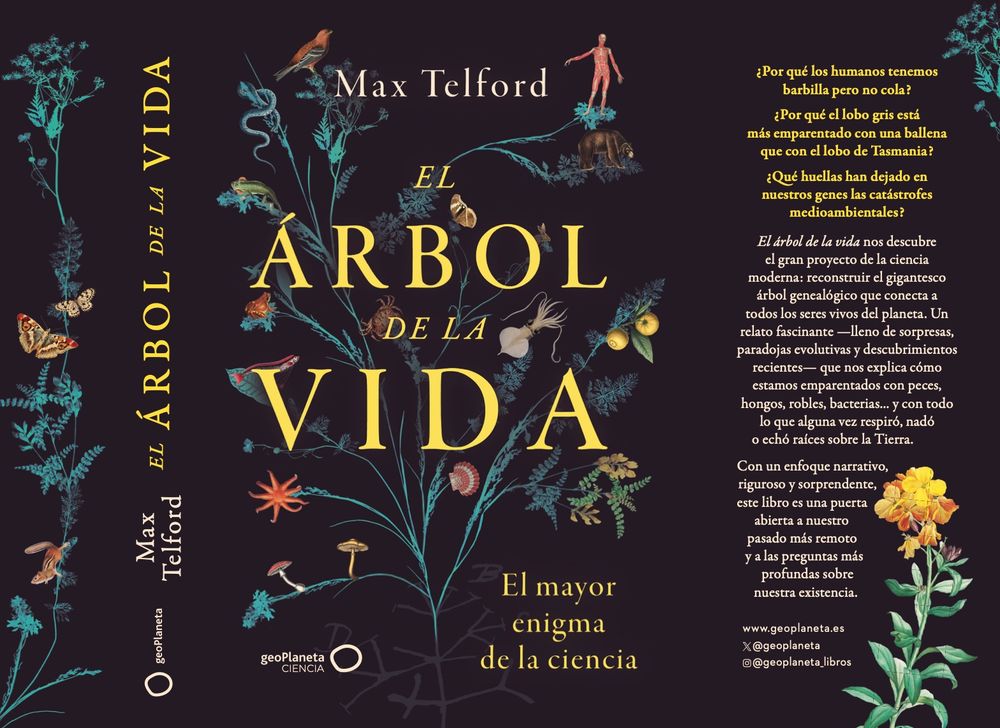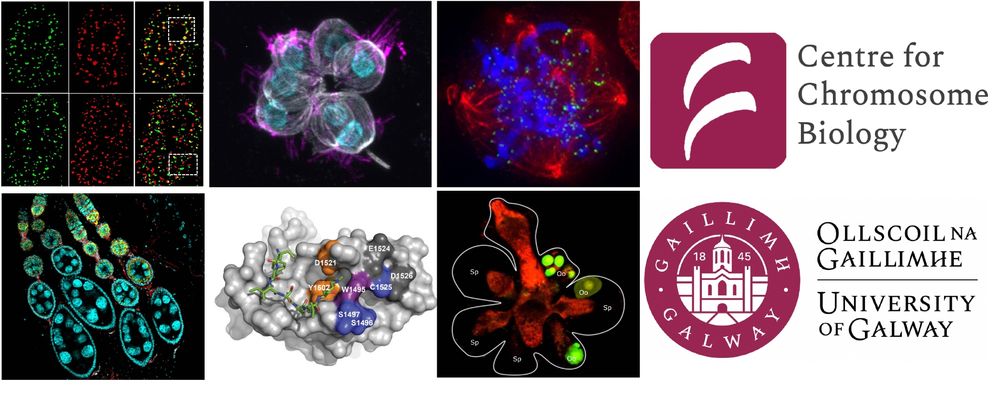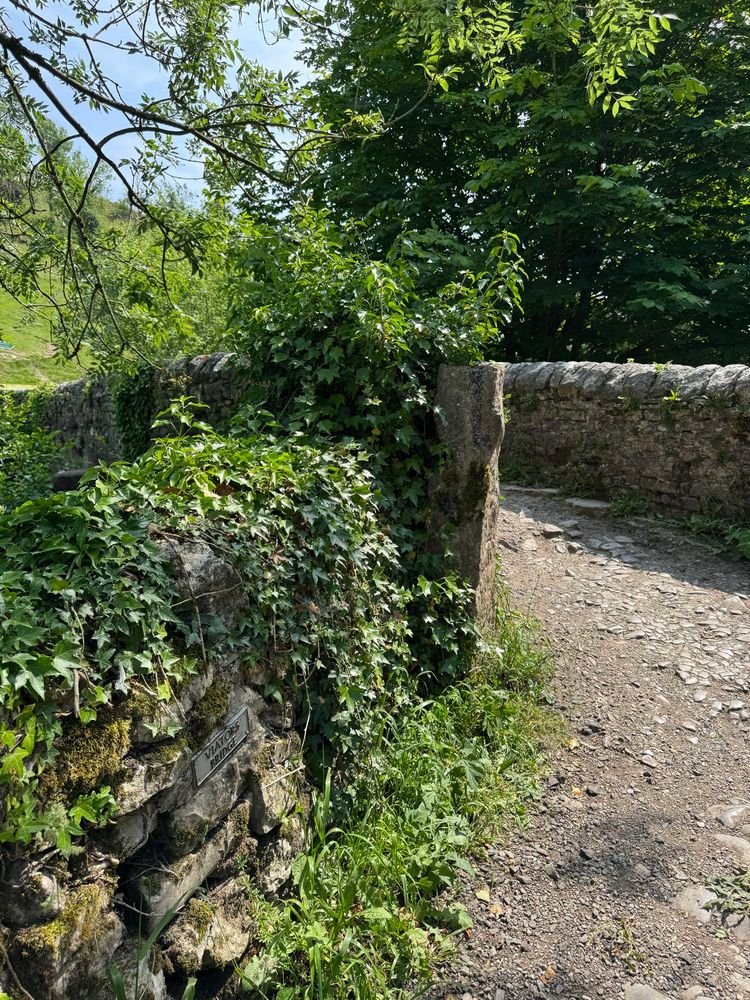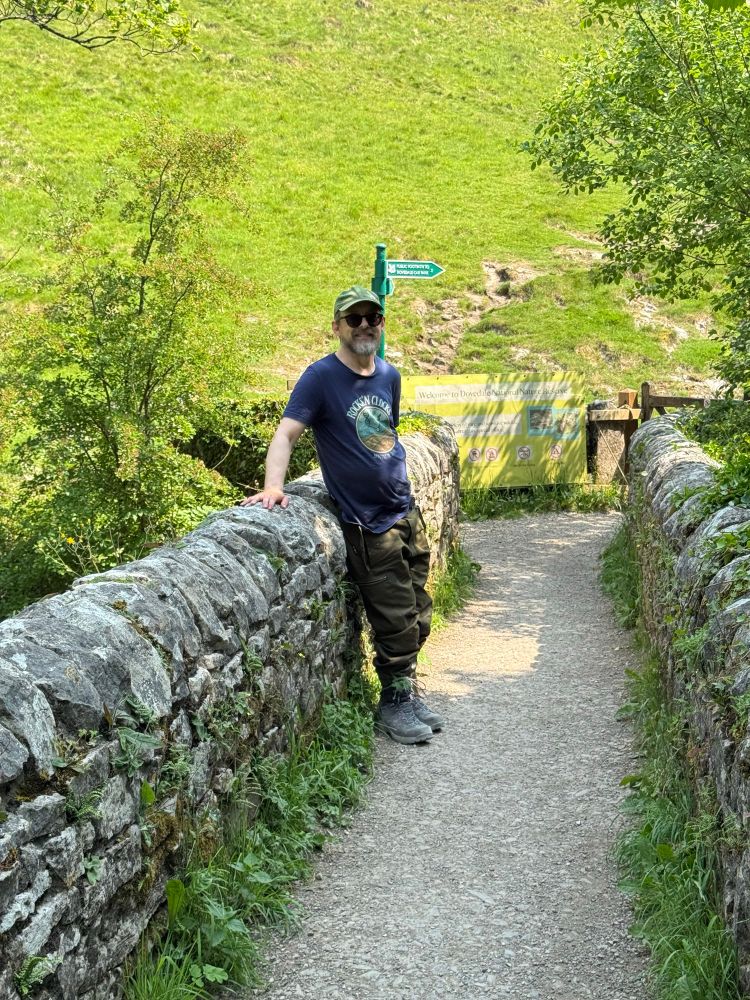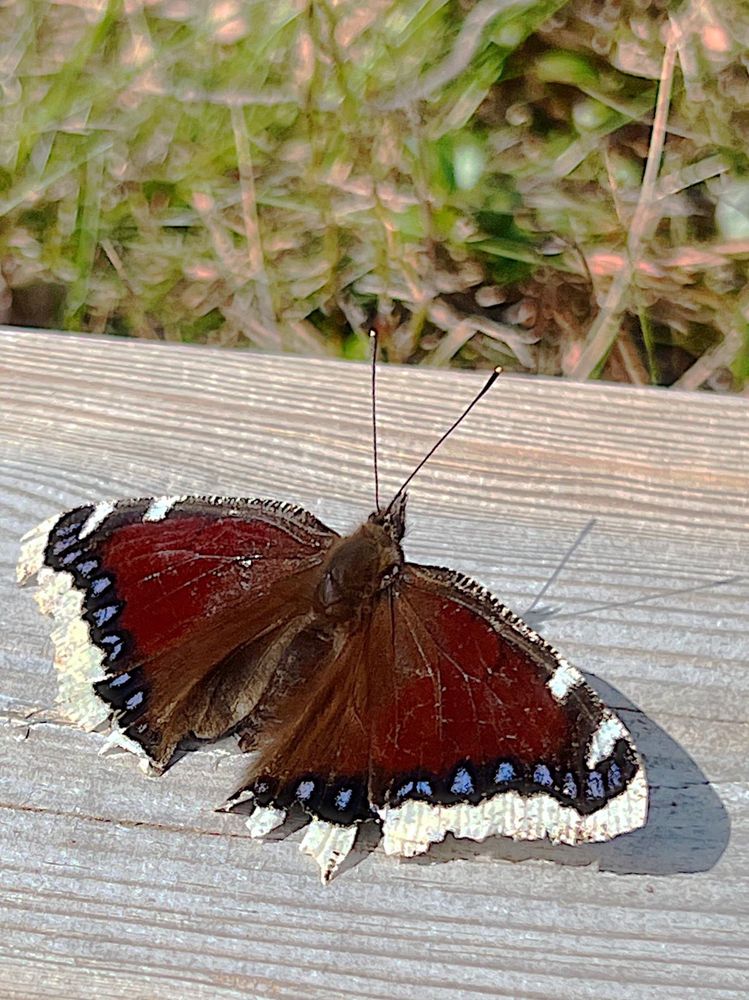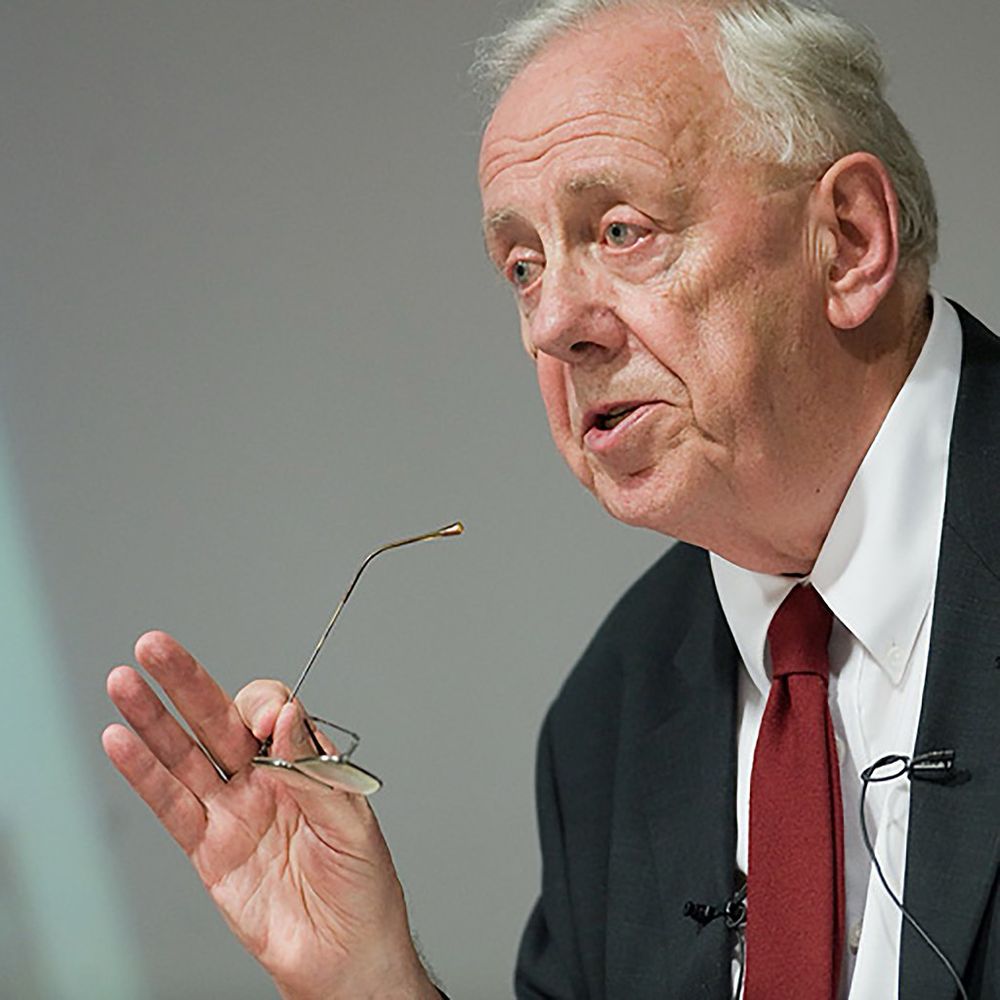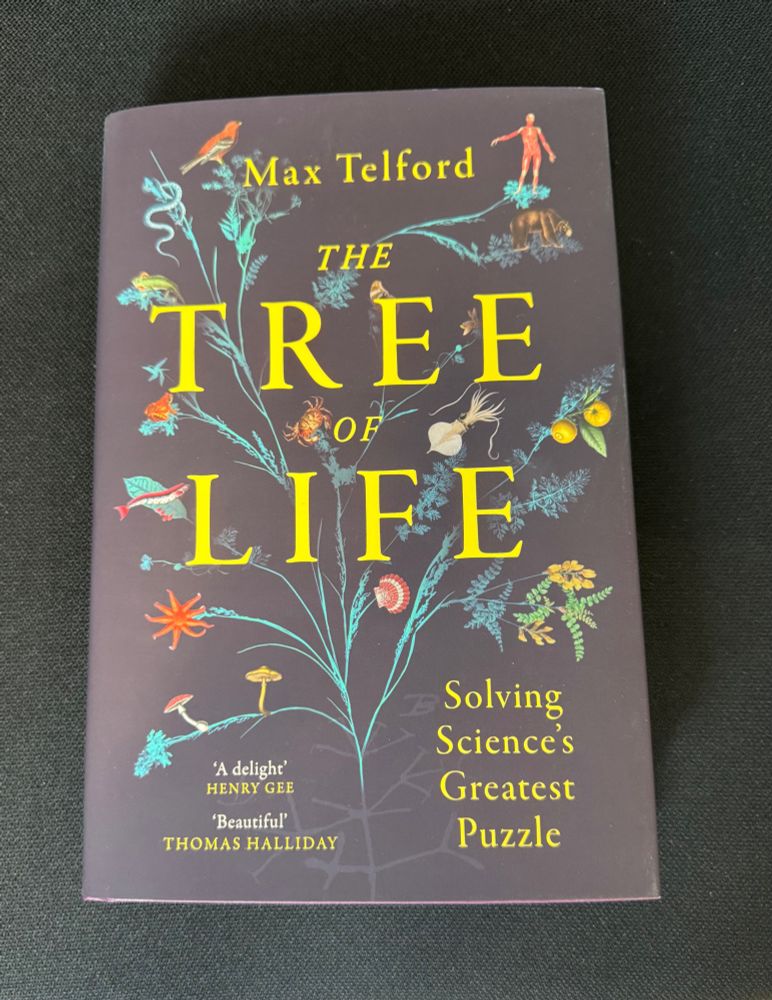@grahbudd.bsky.social
360 followers
95 following
35 posts
Professor of evolutionary palaeobiology in Uppsala University.
Posts
Media
Videos
Starter Packs
Reposted
Ferdinand Marlétaz
@ferdix.bsky.social
· Aug 13

The genomic origin of the unique chaetognath body plan - Nature
Genomic, single-cell transcriptomic and epigenetic analyses show that chaetognaths, following extensive gene loss in the gnathiferan lineage, relied on newly evolved genes and lineage-specific tandem ...
www.nature.com
Reposted
Reposted
Reposted
Max Telford
@maxjtelford.bsky.social
· May 12

Sponges, ctenophores and the statistical significance of syntenies
Shared fusions between ancestral chromosomal linkage groups have previously been used to support phylogenetic groupings, notably sponges with cnidarians and bilaterians to the exclusion of ctenophores...
www.biorxiv.org
Reposted



